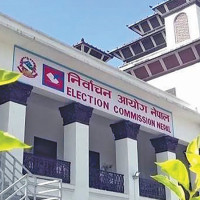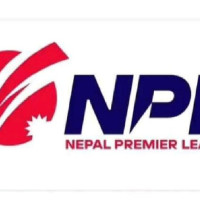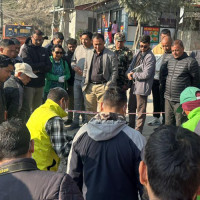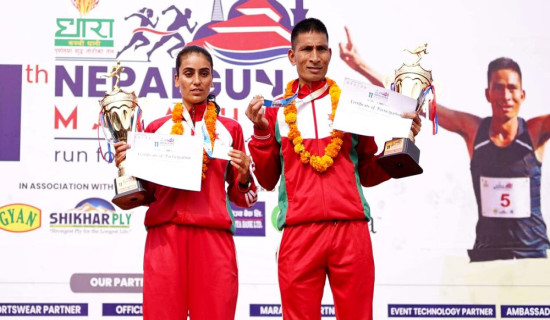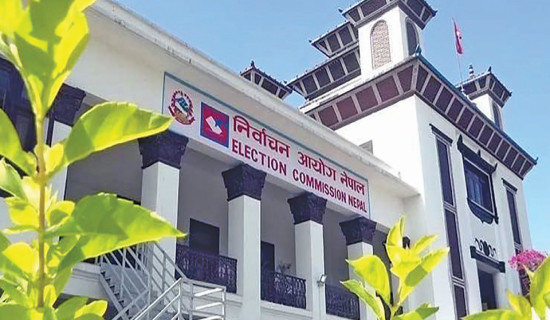- Saturday, 22 November 2025
Response plan regarding 'Loo' prepared
Kathmandu, May 22: The government has developed and implemented a risk reduction and response plan related to heat waves or 'loo' at a rapid pace, as the heat rises in the country of late.
Anil Pokharel, Chief Executive Officer of the National Disaster Risk Reduction and Management Authority (NDRRMA) informed that the first response plan related to 'loo' has been developed and implemented from today. The response plan was completed on Tuesday itself.
He said that in the event of a disaster, a team of health workers with medicines from the local municipality will be immediately mobilized as per the response plan, from preparing an action team to conducting an awareness programme. So far, while no specific preparatory work has been done on the matter of 'Loo', this year a response plan has been prepared and implemented to deal with it.
According to the NDRRMA Chief Executive Officer Pokharel, an action plan has been prepared so that the district disaster management committee and the local level and the health office are more responsible for implementing it.
In the action plan, conducting disaster prevention and mitigation dialogues at the district level, spreading awareness about measures to avoid heatstroke, distributing water by establishing health desks for this, keeping local health institutions ready for first aid, controlling congestion, warning people not to walk too much under the sun, keeping cool at the workplace. There are facilities to be provided, passengers to be kept only according to the capacity of the seats in the public vehicles, arrangement of fans, and creation of a working environment in the morning and evening if possible.
According to Chief Executive Officer Pokharel, the team led by Bharatmani Pandey, Joint Secretary of the Authority's Policy Planning and Monitoring Division, has prepared the response plan. He said that the Ministry has given the necessary instructions to act according to this plan in every district. So far no concrete steps have been taken regarding heat waves and measures to avoid it in Nepal. Although the Red Cross has started some programmes in Nepalgunj, when the work is not being done from the government level, now it is time to create an action plan to work systematically.
Chief Executive Officer Pokharel said that the 'loo' will cause more damage indirectly than directly. In Nepal, the maximum temperature is increasing by 0.052 per cent annually. Meteorologists have said that the minimum temperature is also increasing by 0.002 per cent. Similarly, 22 districts of Nepal's Terai region are more affected by the heat wave. This year, the weather department has announced that the hot weather will intensify and the rainfall will also increase. Therefore, the response plan has been developed and implemented to save the lives of the citizens from the heat and prevent it from affecting people's lives. (RSS)

.jpg)



